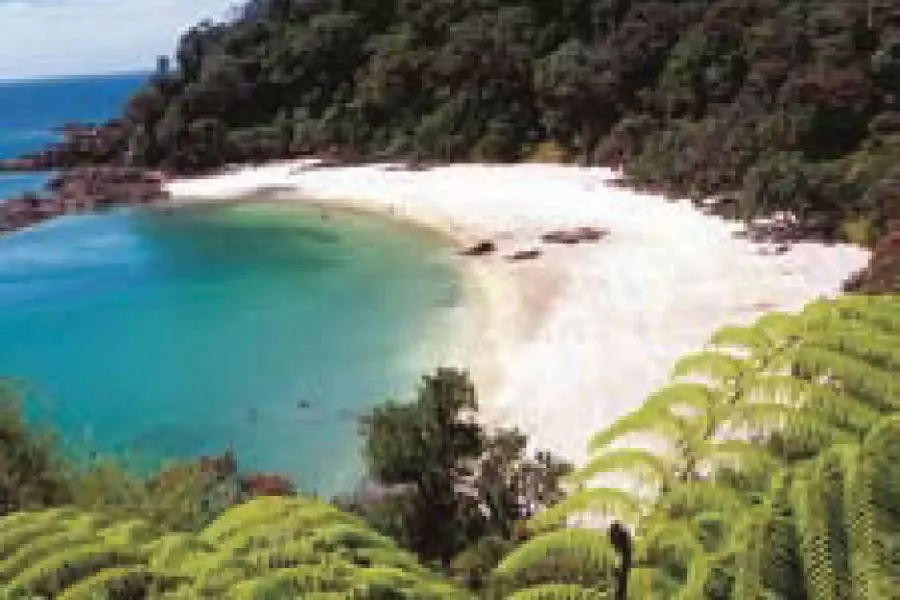News
Whangarei climbing out of Auckland’s shadow

Thursday 3rd of December 2015
It is only two hours’ drive from Auckland but in recent years Whangarei’s housing market has been worlds away from that of New Zealand’s largest city.
While prices soared south of the Brynderwyns, the Whangarei region reported stagnant property val...
Want to read the full article?
Click the button below to subscribe and will have unlimited access to full article and all other articles on the site.
8 min read
10 min read






![[The Wrap] Bye Bye Bayly](https://goodreturns.publit.io/file/c_fill,w_900,h_600/39f23ac1-f7c7-4854-b700-a150004ebbac.webp)


